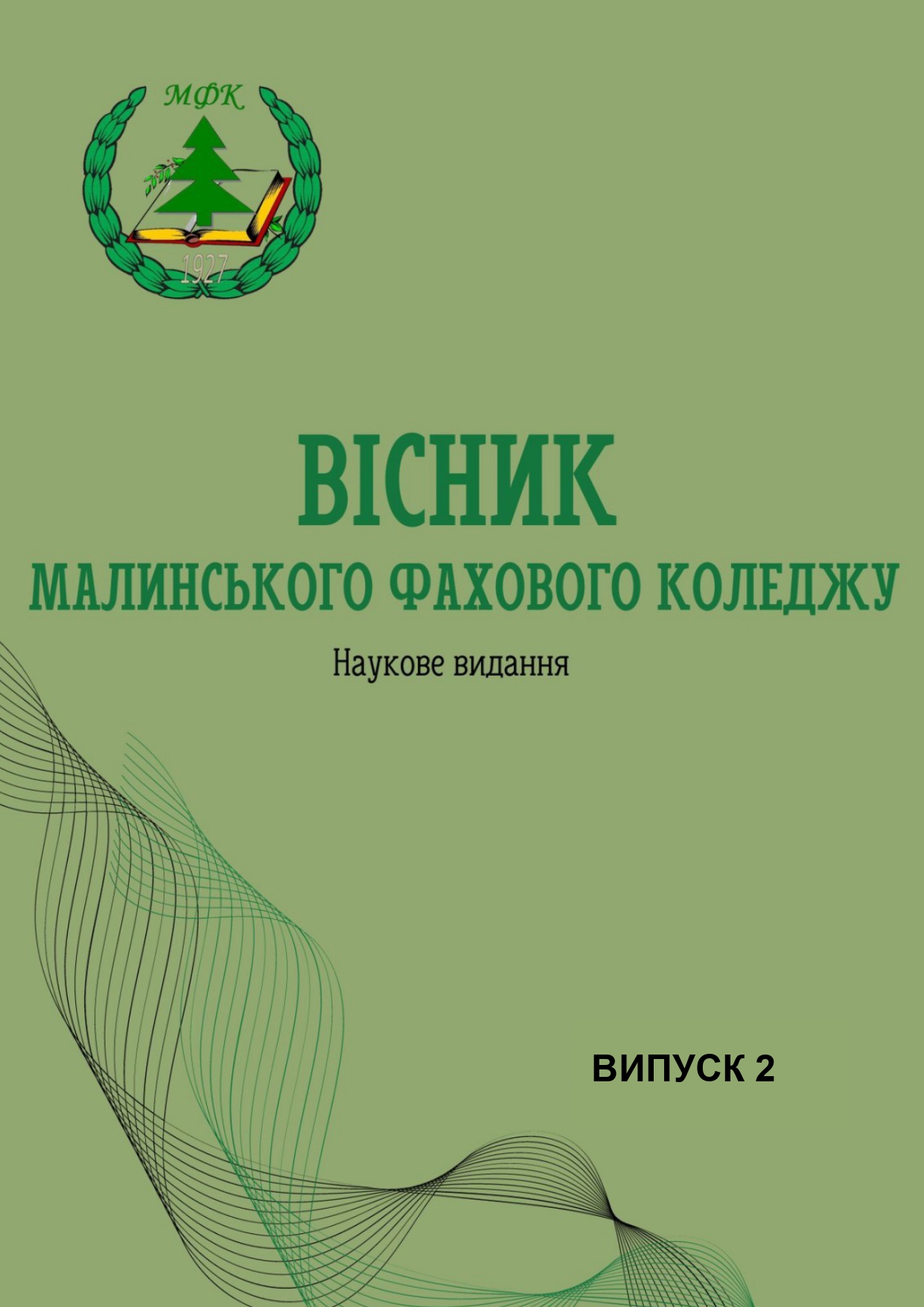Xylotrophic fungi of hardwood forest in the enterprise «Zhovtneve lisove hospodarstvo»
Ключові слова:
wood-decay fungi, oak stands, wood decomposition, forest ecosystem.Анотація
Wood-decay fungi are ecologically important organisms and the principal agents of wood decomposition. The diversity and community of wood-decay fungi are triggered by the available amount of dead wood. Abundance and diversity of wood-inhabiting fungi were studied in managed (selective sanitation cutting and clear-cuts) and unmanaged stands in 76-107-year-old oak forest in the eastern Ukraine. Fungi were detected on stem living, standing dead and fallen trees and stumps, coarse woody debris (logs, fallen branches etc) in 2021-2022. Fungi were identified after culturing on synthetic media or as fruit bodies. Living and dead wood of oak were colonized by fungi represented by Ascomycota (15 species) and Basidiomycota (26 species). Our study detected at all experimental plots together 41 species of (934 findings of xylotrophic fungi), 11 orders (4 from Basidiomycota division (class Agaricomycetes) and 7 from Ascomycota (class Sordariomycetes and Dothideomycetes). Twenty fungal species (48%) occurred in both type of stands, while 16 (37%) species occurred exclusively in unmanaged stands and 2 (5%) in managed stands. Abundance of fungi was non-significantly greater in managed (489) than in unmanaged stands (475). Diversity of fungi was significantly less in managed (29) than in unmanaged stands (45). Abundance of fungi per samples, trees, logs and branches were significantly less in managed than in unmanaged stands. The study shows that the forest management applied (sanitation cutting which are associated with less coarse woody debris) resulted in a small decrease in diversity of fungi in the deadwood and did not lead to elimination of aggressive wood-decay fungi (Laetiporus sulphureus and Fistulina hepatica).





